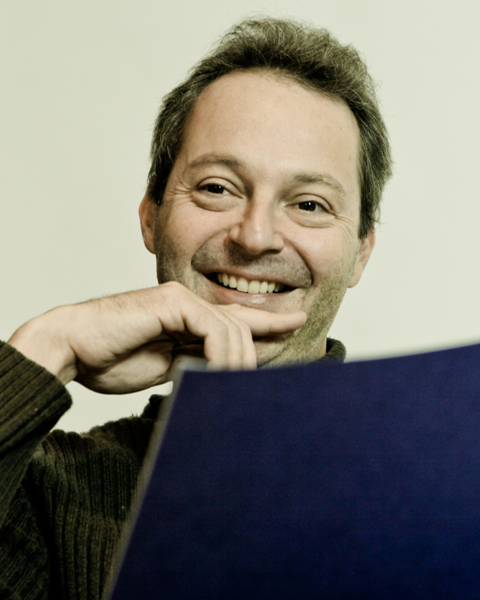Composer Nimrod Borenstein, who has written a new violin concerto for Dmitry Sitkovestky, writes about historical precedent, expectation and the challenge of beauty

A couple of years ago, in a moment of inspiration, I decided
that I would spend the next decade or so writing concertos for all
sort of instruments. As a violinist myself it is not surprising
that I started this project with concertos for string instruments;
a cello concerto (premiered in July 2013) was followed a year later
by a violin concerto for Dmitry Sitkovetsky, which will be
premiered this month.
The concerto is a form that fascinates and inspires me. Feeling
that the creation of contrasts is one of the central tenets of
music and arts in general, I love the endless possibilities the
concerto offers in contrasting the full orchestra against the
soloist. For me the soloist is a metaphor of the human being and I
tend to develop the soloist’s line as theatrical monologues and
dialogues with the orchestra in which the main character reveals
his most intimate feelings and thoughts.
Since I started composing as a young child it has always been my
main desire to write music that would stand proudly next to my
gods, which at that time were Beethoven and Bach. Since most
composers of the past have written concertos, the form is an ideal
candidate to allow one to confront the great music of the past and
the burden of history. Even before starting writing a single note
of music I felt the weight and fear of the task. But are not
challenges the spice and excitement in life?
After choosing the desired size of the orchestra, my first choice
was deciding on the length of the work. Was I going to follow the
line of ‘short’ violin concertos (Bach, Mozart, Mendelssohn,
Prokofiev) or the one of ‘big’ concertos like Brahms, Sibelius,
Elgar or Shostakovich? Having just finished a ‘short’ cello
concerto – and very eager to make a mark on a subject so close to
my heart – I decided on the ‘big’ model.
The second question, still a formal one, was the number of
movements I would write – three or four? After writing my first
movement which was essentially fast-paced, I wrote a second
movement that was romance-like. Though, whilst it was lighter and
slower than the first movement, it was not a slow movement. Since I
am always mindful of the necessity of contrasts in music, and I
wanted to end the concerto with a fast fiery movement, I therefore
needed the third movement to be very slow to allow for maximum
contrasts. This therefore had to be a four-movement concerto.
I did not listen to other violin concertos before starting to write
my own; after all, I know most of them by memory, having loved them
all my life. The concerto is very much a gladiatorial experience
for the soloist but one should not forget that it is also an
experience of tremendous importance for the composer. The soloist
has to fence with the many artistic and technical difficulties but
so does the composer in facing the glorious ghosts of the
past.
Central to my composing a violin concerto in the 21st century, was
the concept of virtuosity – so essential to this form. I conceive
virtuosity as not only the capacity to play fast and precisely, but
even more essentially as the mastery of colours and nuances and the
individuality of the voice. I have searched, and hopefully found,
many new ways of writing for the violin including new
double-stopping techniques, unusual combinations of notes as well
as a complexity of rhythm. In all this search for novelty and
renewal in virtuosic writing, it was always important for me to
give the best light to the unbelievable beauty of the violin
sound.
Nimrod Borenstein’s violin concerto will be premiered by Dmitry
Sitkovestky and the Oxford Philomusica, conducted
by Marios Papadopoulos on Saturday 17 May 2014.
Subscribe to The Strad or download our digital edition as part of a 30-day free trial. To purchase single issues click here.
































No comments yet